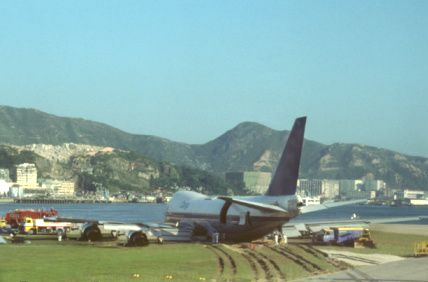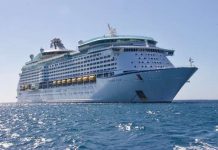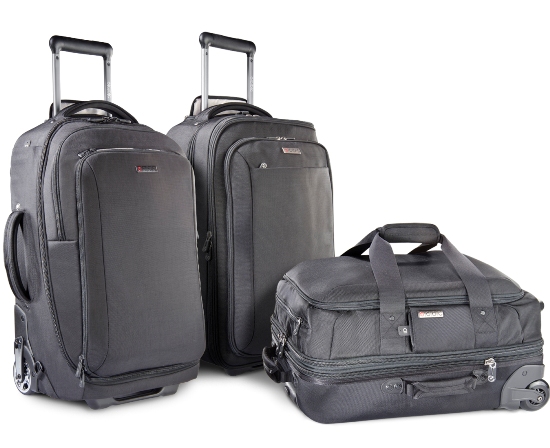Integral to progression of aircraft design and safety procedures is The Comet, an aircraft that, despite tragic events, went on to make flying that much safer for future aircraft.
Following the Second World War, the Cabinet of the United Kingdom formed a committee to discuss the use of aircraft. Initially the aircraft was to be used as a mail plane with only 6 seats. This later increased to a 24-seat capacity and then 36.
The company De Havilland was commissioned to produce the aircraft. The design of the plane was very risky, not only because of the financial commitment but also because it was original and had not previously been tested.
Nonetheless, The British Overseas Airways Corporation (BOAC), which later became British Airways, was very interested and purchased 10 of the aircraft.
As it progressed, so did the engineering and eventually the plane was larger, more powerful and had a new focus – to be a passenger carrier.
During its first year, The Comet appeared to be a roaring success; it was turning over a great profit, it boasted comfort, speed and even a VIP passenger list.
In 1953, The Comet suffered its first fatal plane crash; however, it was not until 1954 that things took a turn for the worst. On 10th January 1954, the aircraft broke up mid-flight, 20 minutes after take-off. 35 people on board were all killed and with no witnesses; the enquiry into the crash wrongly conceived that a fire on board was to blame for the accident.
When a second accident occurred on 8th April 1954, killing all 21 passengers, a full enquiry was made by the Royal Aircraft Establishment.
Parts of the wreckage were retrieved and extensive tests were carried out. It was revealed that stress on the skin of the aircraft had caused the metal to split and stress around the windows corners had increased this further.
Despite the tragedy that occurred, The Comet provided many of the safety aspects that are used inaircraft design today, and also the way in which accident analysis and investigations are carried out. For example, the oval windows you see today are there as a safety measure.
Although the initial safety tests were vigorous, there were unforeseen factors that occurred. Futureaircraft design all followed suit to the findings of De Havilland, making The Comet a legacy in aviation safety. The Survival rate of serious plane crashes in the 1950’s was a mere 24%, in the past ten years some sources claim the survival rate is now around 90%.
If you happen to live in the UK and are looking to make a holiday complaints claim because a plane crash or any other accidents, worry no more as the solicitors firm Irwin Mitchell can help you for all your holiday complaints needs.












